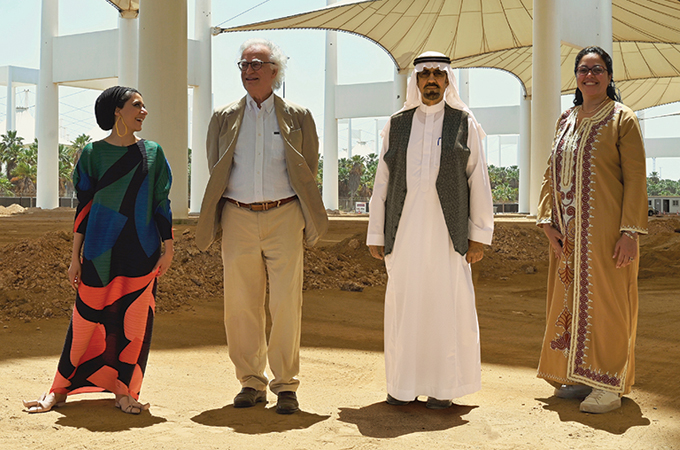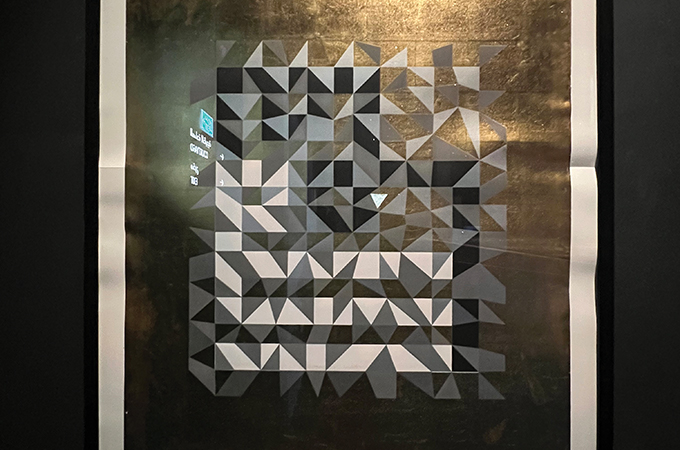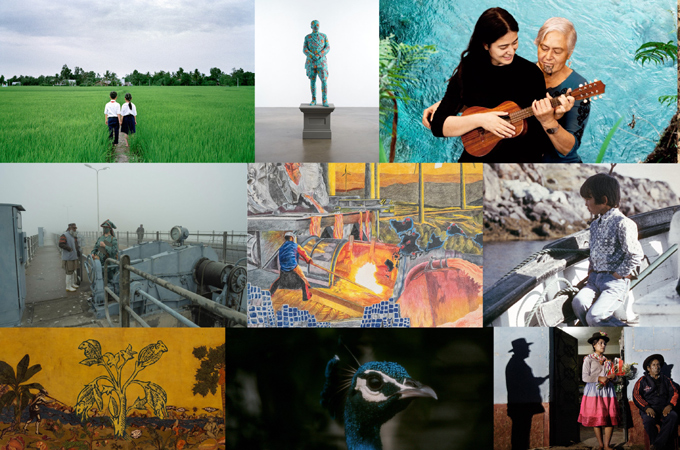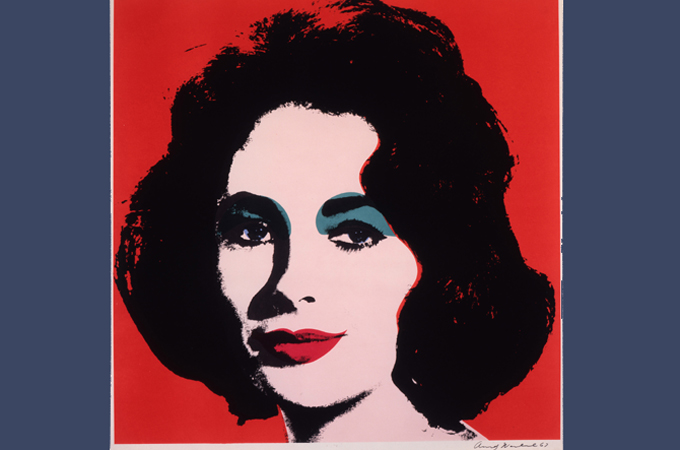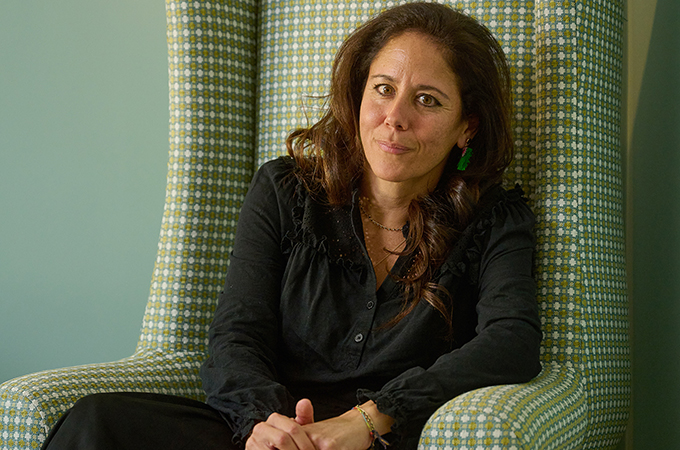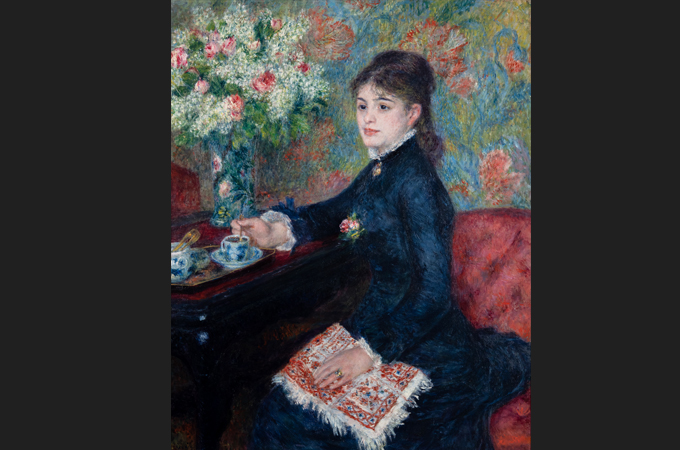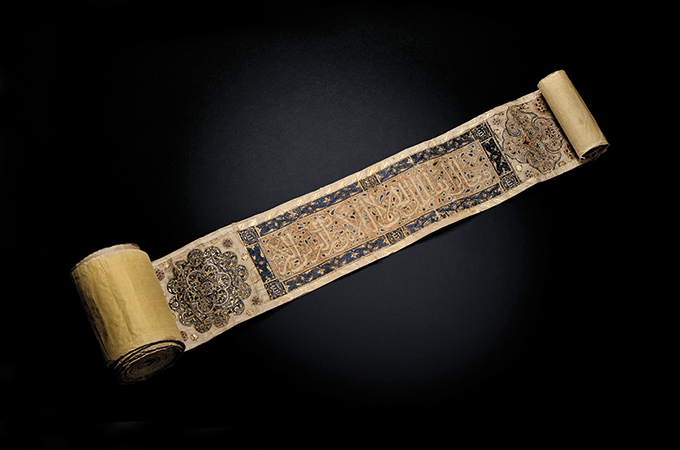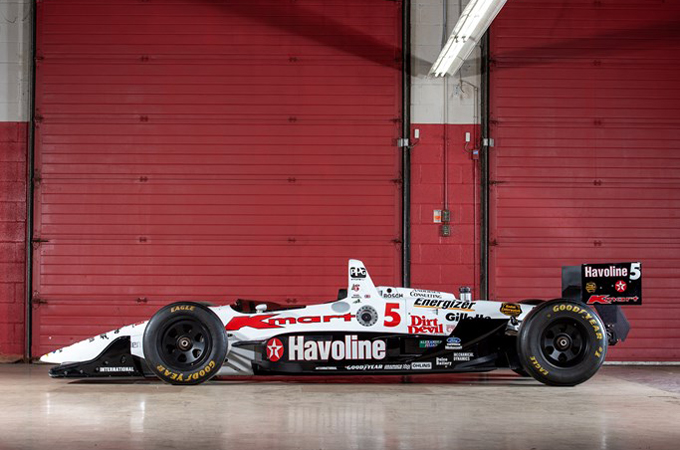Winter 2023
The Islamic Arts Biennale in Jeddah acts as a platform to mirror the experience of Hajjis from around the world through the works of more than 60 artists
Centuries of faith and artistic expression are brought together by the inaugural edition of the Islamic Arts Biennale at the iconic Hajj Terminal of King Abdulaziz International Airport in Jeddah.
The biennale, which runs from January 23 to April 23, celebrates cultural, intellectual and artistic achievements that trace their origins to the House of Allah, Awwal Bait (‘the First House’).
The Western Hajj Terminal at King Abdulaziz Airport in Jeddah is no ordinary airport terminal. Designed by Skidmore, Owings & Merrill and a winner of the 1983 Aga Khan Award, it became a port of entry and junction point for hundreds of thousands of Muslim pilgrims from around the world on their way to Awwal Bait, the Holy Kaaba in Makkah.
The Islamic Arts Biennale acts as a platform to mirror the very experience of Hajjis from around the world, by reflecting on the diversity of the Muslim experience through a constellation of 60+ artists from over 20 countries, whose works will complement around 200 loans of artefacts from local and international institutions.
Themed Awwal Bait (‘the First House’), the event interweaves commissioned works and never-exhibited-before historical artefacts that convey a holistic perspective of the Islamic arts, delivered through a unique sensorial experience aimed at heightening consciousness, and inspiring pause and reflection on the rituals that guide people individually, and that create a sense of belonging collectively.
‘The unique visitor experience, spread over 12,000 sq m of exhibition space, includes an evocative journey through five galleries and the grand canopies. The biennale provides two main areas for exhibiting artworks and artefacts, the first being a linear sequence of galleries whose spaces, ceiling heights and lighting will be modulated to enhance the visitor’s cognitive and emotional experience, and the second part consisting of two pavilions, Makkah and Madinah, and an outdoor area under the canopy of the Western Hajj Terminal, for display of artworks and art installations.
Aya Al-Bakree, CEO, Diriyah Biennale Foundation, the organiser of the event, says: “The Western Hajj Terminal and the city of Jeddah are as integral to the exhibition as the works of art and artifacts displayed. Evoking memory and emotion, the Western Hajj Terminal and Jeddah have symbolised ports of entry to millions of pilgrims on their way to Makkah, with Jeddah representing a junction point between cultures, where the exchange of goods and ideas has taken place for centuries. Permanently transforming an urban space into a cultural one is one of our greatest achievements at Diriyah Biennale Foundation, and we are certain that doing so will continue to enrich the art ecosystem in the city for years to come.”
Curated by a diverse and multi-disciplinary panel of experts – including Dr Saad Alrashid, leading Saudi scholar and archaeologist; Dr Omniya Abdel Barr, Barakat Trust Fellow at the Victoria and Albert Museum; Dr Julian Raby, Director Emeritus of the National Museum of Asian Art, Smithsonian Institution, Washington DC; and Artistic Director Sumayya Vally, Principal of Counterspace, and Honorary Professor of Practice, UCL – the biennale aims to highlight the beauty and diversity of the Muslim experience.
Firas Hnoosh, Architectural Advisor to the Diriyah Biennale Foundation (DBF), says: “The filtered sunlight seeping through the tent structures of the Western Hajj Terminal, long vistas and views of sky and desert undoubtedly create an inimitable experience from the indoor galleries of the first section of the biennale. This, combined with two standalone pavilions of Makkah and Madinah, a curated selection of food and beverage outlets, a cinema and theatre, library, gift and bookshops, workshop spaces for the arts and crafts, indoor and outdoor children’s play areas and VIP lounge, is intended to offer an inclusive, wholesome, and meditative experience for all visiting this landmark biennale.”
The Diriyah Biennale Foundation hosts this holistic, first-of-its-kind event, assuming a catalysing role in nurturing dialogue, creative expression, and exchange, through an unparalleled portrayal of the Islamic arts as a living tradition.
Four galleries and two pavilions house carefully curated artworks about daily rituals and the Hajj, that will evoke personal and collective emotion and spiritual life of Muslims around the world. In the canopies, some of the works highlight the craftsmanship involved in creating the gold-embroidered ‘kiswa’ and the Qur’ans of the King Fahd Glorious Quran Printing Complex, alongside treasures from the General Presidency for the Affairs of the Grand Mosque and the Prophet’s Mosque (Haramain Authority).
For the first time, 18 international and local institutions unite in one venue to showcase masterpieces from their collections publicly, including 43 international loans and 239 loans from the Kingdom.
The King Abdulaziz Center for World Culture (Ithra), one of Saudi Arabia’s premiere cultural institutions, highlights re-examination of the relationship between culture and Islamic civilisation at the event through its Hijrah exhibition.
A documentary film, In the Footsteps of the Prophet, based on the Hijrah exhibition will premiere at the biennale. Furthermore, Ithra will present the exhibition A Journey of Understanding and has also loaned contemporary art pieces from its prestigious collection to the DBF’s Hajj exhibition.



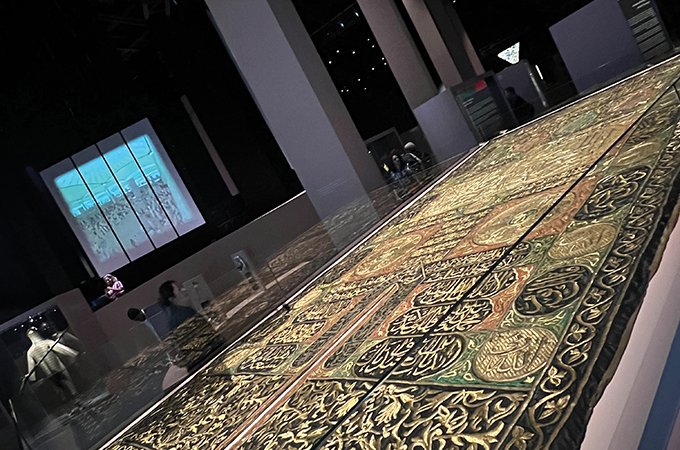
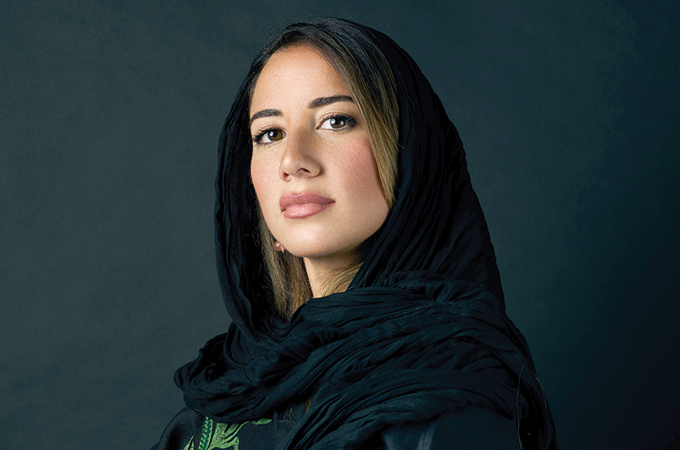
.jpg)
